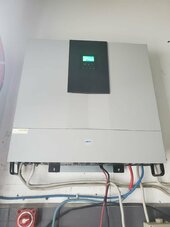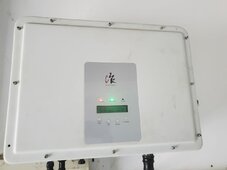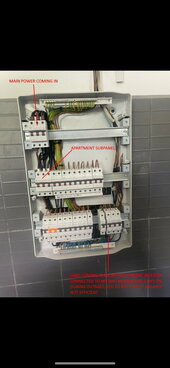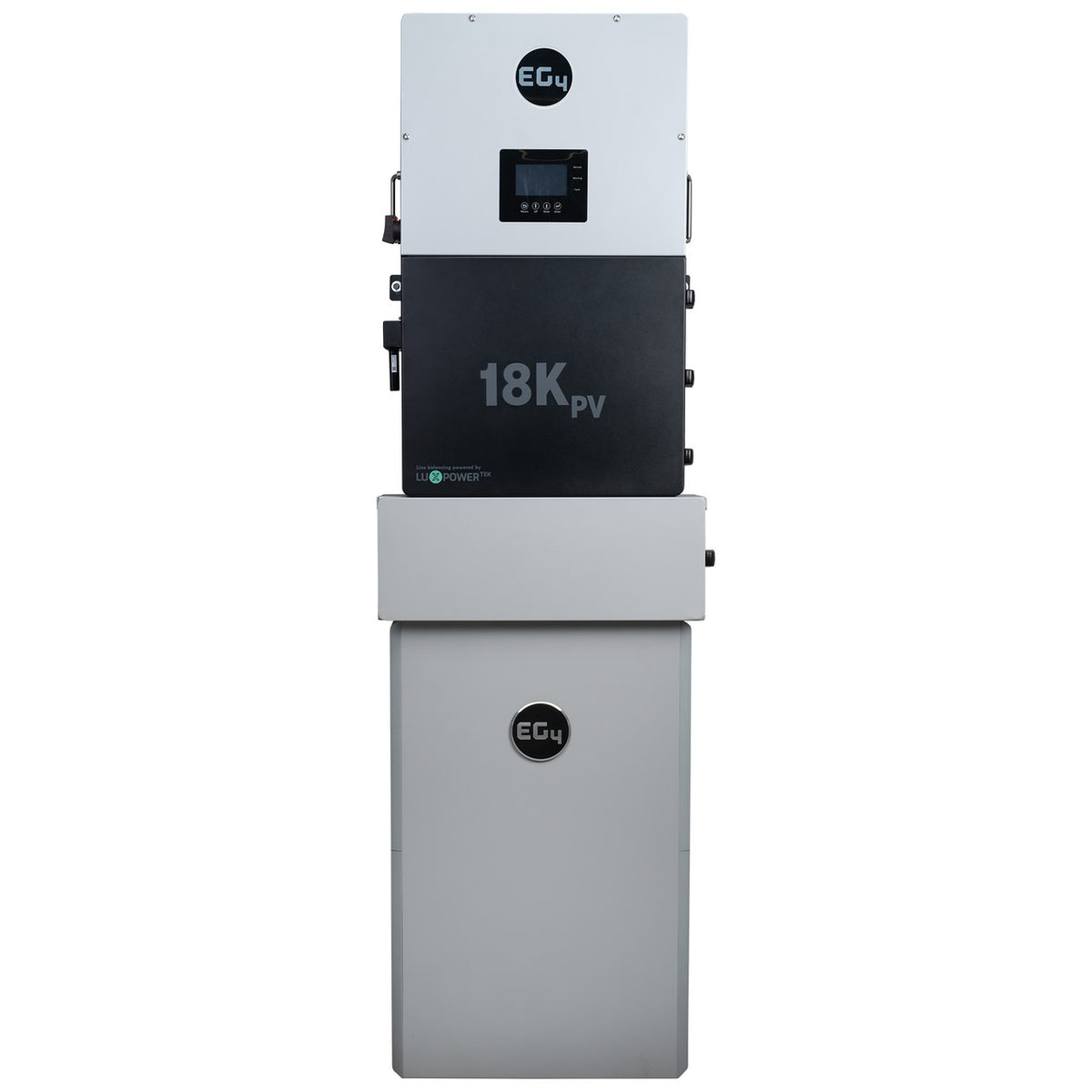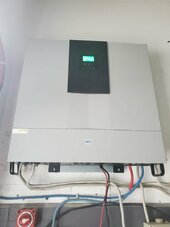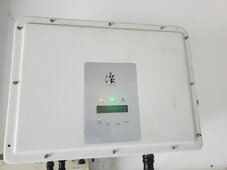Good Morning - I am looking for some professional advice on how I should go about changing my inverters to a Anker Solix F3800; I don't mind purchasing two because the return on investment would be achieved - I already have 20 solar panels installed and would like to plug the DC cables into my Anker Solix F3800; reason for doing so is basically; I would like to use as much harnessed sun power during the day and night and get away from the grid; I don't mind using the grid but my goal is to get my return on my investment. Running my pool motor through out the day only typically cost me about $300.00 a month; we pay about .50 cents per kwh. I also would like to purchase the smart home panel for it to be able to do the conversions from grid to off grid on its own. I do not live on the island full time.
That being said; I have the following setup and the breaker box pictured below; my plan is to purchase the Anker Solix F3800 and an expansion battery. We have outages about 3 times a week for only an hour on average. As you can see we have two inverters; and I am pretty sure we are not using the solar power efficiently. We recently upgraded the main breaker panel for the main house and the apartment below which connects to a subpanel; I labeled everything for you.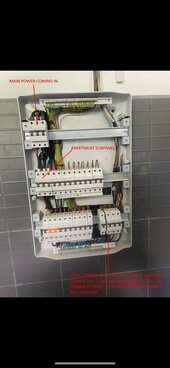
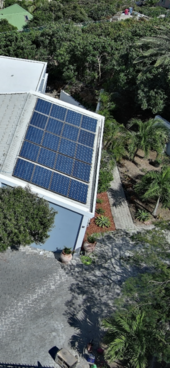

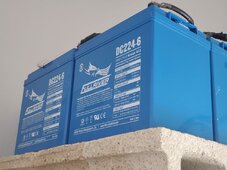
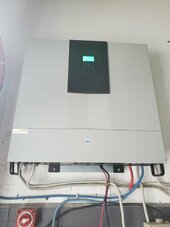
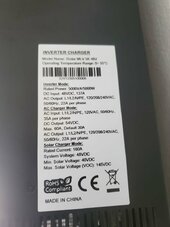
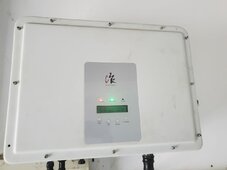
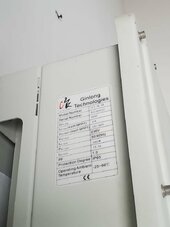
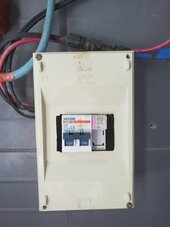
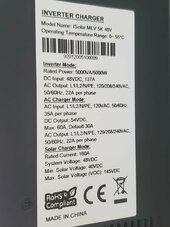
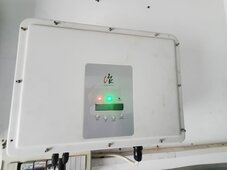
That being said; I have the following setup and the breaker box pictured below; my plan is to purchase the Anker Solix F3800 and an expansion battery. We have outages about 3 times a week for only an hour on average. As you can see we have two inverters; and I am pretty sure we are not using the solar power efficiently. We recently upgraded the main breaker panel for the main house and the apartment below which connects to a subpanel; I labeled everything for you.














